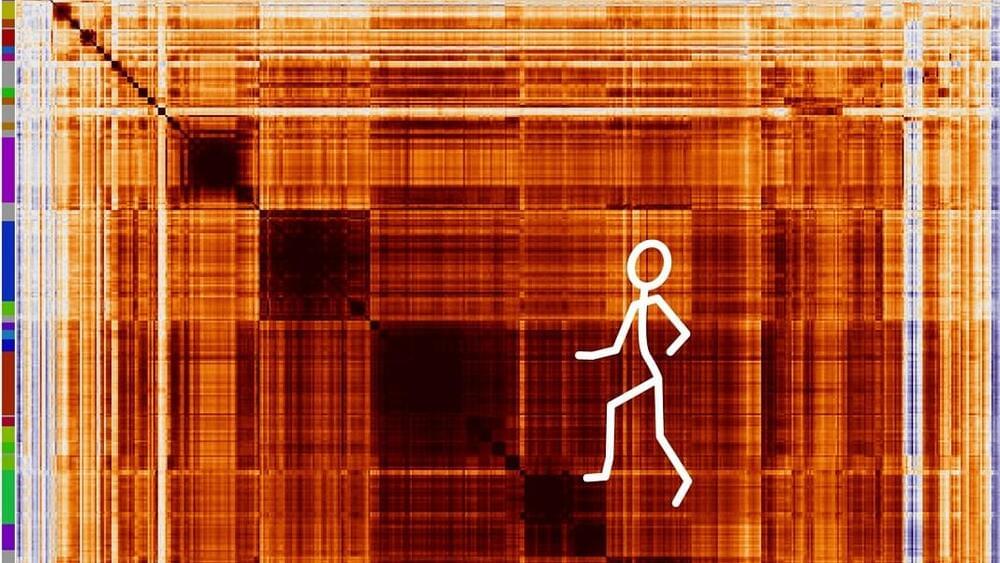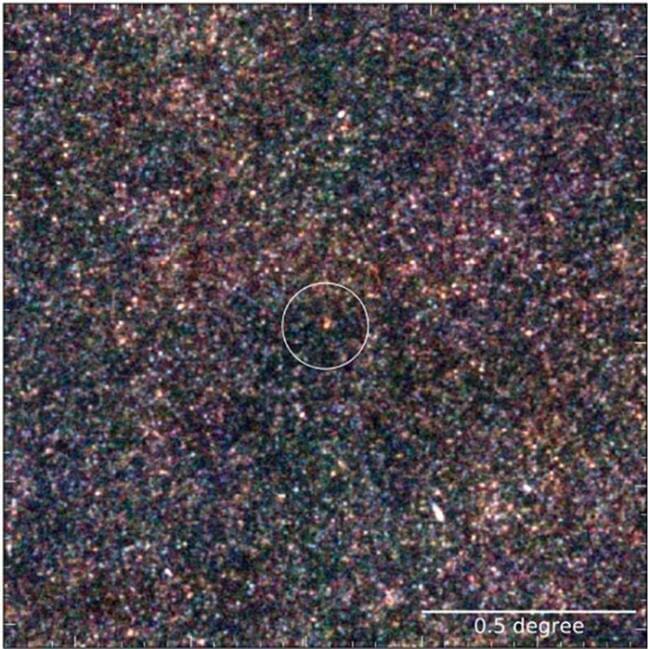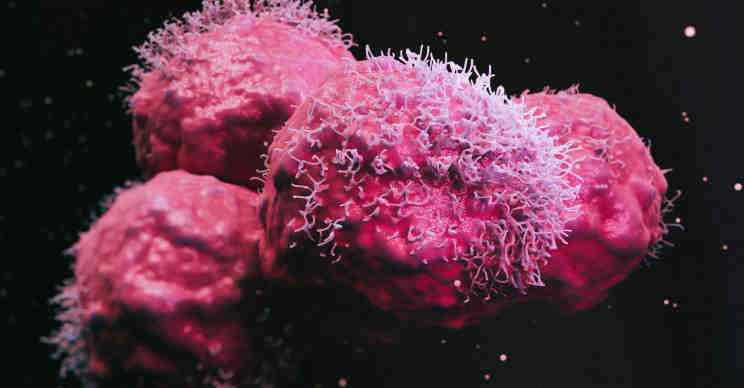Summary: Researchers present an all-atom molecular dynamic simulation of synaptic vesicle fusion.
Source: Texas Advanced Computing Center.
Let’s think for a second about thought—specifically, the physics of neurons in the brain.


The vision didn’t exactly work out. DNA sequences, while capturing extremely powerful genetic information, don’t necessarily translate to indicating how our bodies behave. Genes can turn on or off in different tissues depending on the cell’s need. Reading a DNA sequence for any gene is like parsing the base code of a cell’s internal program. There’s the raw genetic code—the genotype—which determines the phenotype, life’s software that controls how cells behave. Linking the two has taken decades of painstaking experiments, slowly building up an encyclopedia of knowledge that decodes the influence of a gene on biological functions.
A new study ramped up the effort. Led by Drs. Thomas Norman and Jonathan Weissman at Memorial Sloan Kettering Cancer Center in New York and the University of California, San Francisco, respectively, the team built a Rosetta Stone for translating genotypes to phenotypes, with the help of CRISPR.
They went big. Changing gene expression in over 2.5 million human cells, the tech, dubbed Perturb-seq, comprehensively mapped how each genetic perturbation alters the cell. The technology centers around a sort of CRISPR on steroids. Once introduced into cells, Perturb-seq rapidly changes thousands of genes—a brutal shakeup at the genomic scale to see how single cells respond.

If that reads a little like Shakespeare defending humans’ innate superiority over artificial intelligence hundreds of years ahead of his time, it’s not.
But it is something almost as far out: an AI system trained to express itself like the bard. The AI assimilated his style and perspective by ingesting his plays—educating itself to give an opinion on AI creativity in iambic pentameter.
“Shakespeare” was speaking as part of a debate held in the University of Oxford Union featuring AI versions of classic writers and literary characters.

Telegram, a leading encrypted messaging and social media application, has been compromised by Russia, according to a NATO-backed assessment.
“Telegram is not really as it used to be,” Janis Sarts, the director of NATO’s Strategic Communications Center of Excellence in Riga, Latvia, told the Washington Examiner. “I do have reasons to believe that there is not full integrity. … Certainly, I would not see it as a secure platform.”
The messaging service, founded in Dubai by a Russian tech titan who has clashed with Russian President Vladimir Putin’s surveillance apparatus, rocketed to global popularity in 2014 as one of the first applications to offer users the ability to communicate on an encrypted line. It proved valuable to Belarusian protesters who denounced President Alexander Lukashenko’s self-declared victory in a 2020 presidential election, but a warning about the program has begun to circulate among Western officials.

The structure of the universe is often described as being a cosmic web of filaments, nodes, and voids, with the nodes being clusters of galaxies, the largest gravitationally bound objects known. These nodes are thought to have been seeded by small-amplitude density fluctuations like those observed in the cosmic microwave background (CMB) which grew until they collapsed into the structures seen today. While the CMB is well understood, and the details of present-day galaxy clusters are well-described, the intermediate phases of evolution lack sufficient observations to constrain the models. Traditional galaxy cluster searches assume these objects have had enough time to equilibrate so that the intergalactic gas has heated up enough to be detected in X-ray emission. To detect the more distant galaxies and protoclusters that are too faint to detect in the X-ray, astronomers use their bright infrared or submillimeter emission instead.
The supercluster SPT2349−56, discovered in the submillimeter band by the South Pole Telescope, is so distant that its light has been traveling for over twelve billion years. It hosts over thirty submillimeter-bright galaxies and dozens of other luminous and/or spectroscopically confirmed star-forming galaxies. It is one of the most active star forming complexes known, producing over ten thousand stars per year. One of its bright sources appears to be the merger of over twenty galaxies. The stellar mass of the system, however, was not known, making it impossible for example to know whether the huge burst of stars was the result of an extraordinary efficiency or simply arose because the system was so extremely large.
CfA astronomer Matthew Ashby was a member of a team that has now completed very deep observations at optical and infrared wavelengths to obtain the stellar masses through spectral energy distribution (SED) analyses. They used the Gemini and Hubble Space Telescopes to obtain optical/near infrared flux measurements and Spitzer’s IRAC camera for the infrared flux. In order to model the SEDs, the many point sources detected need to be matched to one another at all wavelengths. This is a complex undertaking, and the scientists describe the processes for doing so while also addressing the serious blending that can occur due to inadequate spatial resolution in the infrared.



The promise of cancer therapies offers renewed hope for the many who suffer from the disease. In the latest news in cancer treatment, a European team of engineers, physicists, neurosurgeons, biologists, and immunologists from the U.K., Poland, and Sweden has conceived of a new form of photoimmunotherapy (in other words, light-based)…
The impressive feat went down without watching it feast.
The team said that the very intense gravity of the black hole will stretch out the duration of the lensing event for over 200 days.

Without antibiotics or any understanding of how the disease spread, The Black Death wiped out between 30 and 50% of Europe’s population. It got its name from the spots that appeared on those who were infected. The name bubonic plague refers to buboes which were painfully swollen lymph nodes that bulged. The Black Death infections included other symptoms such as delirium, high fever, and vomiting.
The key to uncovering the origin relies on evidence from three women who were buried near Lake Issyk Kul on the edge of the Tian Shan mountains. They died in 1,338 and 1,339 of what was referenced on their grave markers as a pestilence. Nearby were many more grave markers covering the decade before The Black Death arrived in Europe.
Y. Pestis was a bacterium that resided in fleas which then past it on to animals and humans through bites. Rats were seen as the likely source of Europe’s outbreak. But humans were facilitators of the spread along trade routes from Central Asia to Europe. What we do know is that the original strain of Y. Pestis mutated into four variants with one of those arriving in Europe seven years after the Kyrgyzstan outbreak.